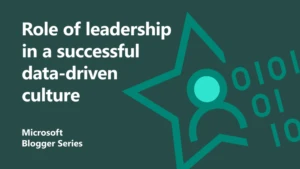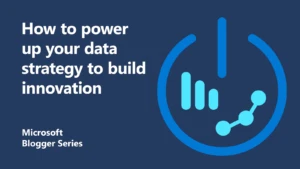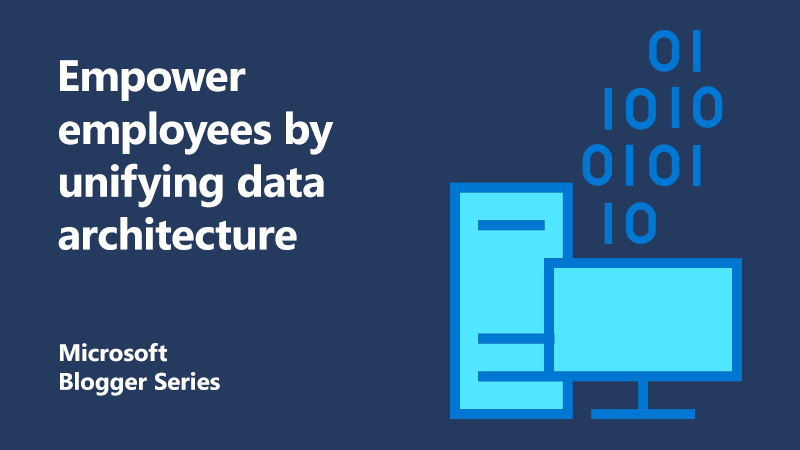
Empower employees by unifying your analytics and data architecture
We hear all the time how data is our most valuable asset in business. However, you can only truly recognise its value once you connect and manage your data in a cohesive fashion. What happens when you enable a digital feedback loop within your organisation, your data and analytics, and the intelligence it creates? The foundations for a successful digital modernisation.
I believe that when you harness the streams of data being created, tie this to your existing data and apply AI to it, you enable better decision making and transformative processes. You will:
- Engage customers in new, meaningful ways.
- Empower employees with the real-time insights they need to make the right decisions and be agile.
- Optimise operations by better anticipating customer demands and supply chain disruptions.
- Transform your products based on the signals from end users or the products themselves.
- Meet and exceed sustainability commitments to have a better impact on the world around us.
You can see success in the way Marks and Spencer use their data. They own every part of their supply chain and collect data from across all touchpoints. They needed an agile solution that would scale, store and analyse their massive amounts of data. By replacing their on-premise data warehouse with Microsoft Azure-based data platform built around Azure Synapses Analytics, they gave teams access to valuable data they didn’t have before.
“By democratising access, we’re allowing more people to have ideas, and these ideas add incremental value to the business. Our retail support team is already reshaping how we report stock and stock loss to managers. Since they work closest to the retail side of the business, they know exactly how to consolidate and present information in ways that lead to real improvements, ” says Aaronpal Dhanda, Head of Data Technology.
The reality of data
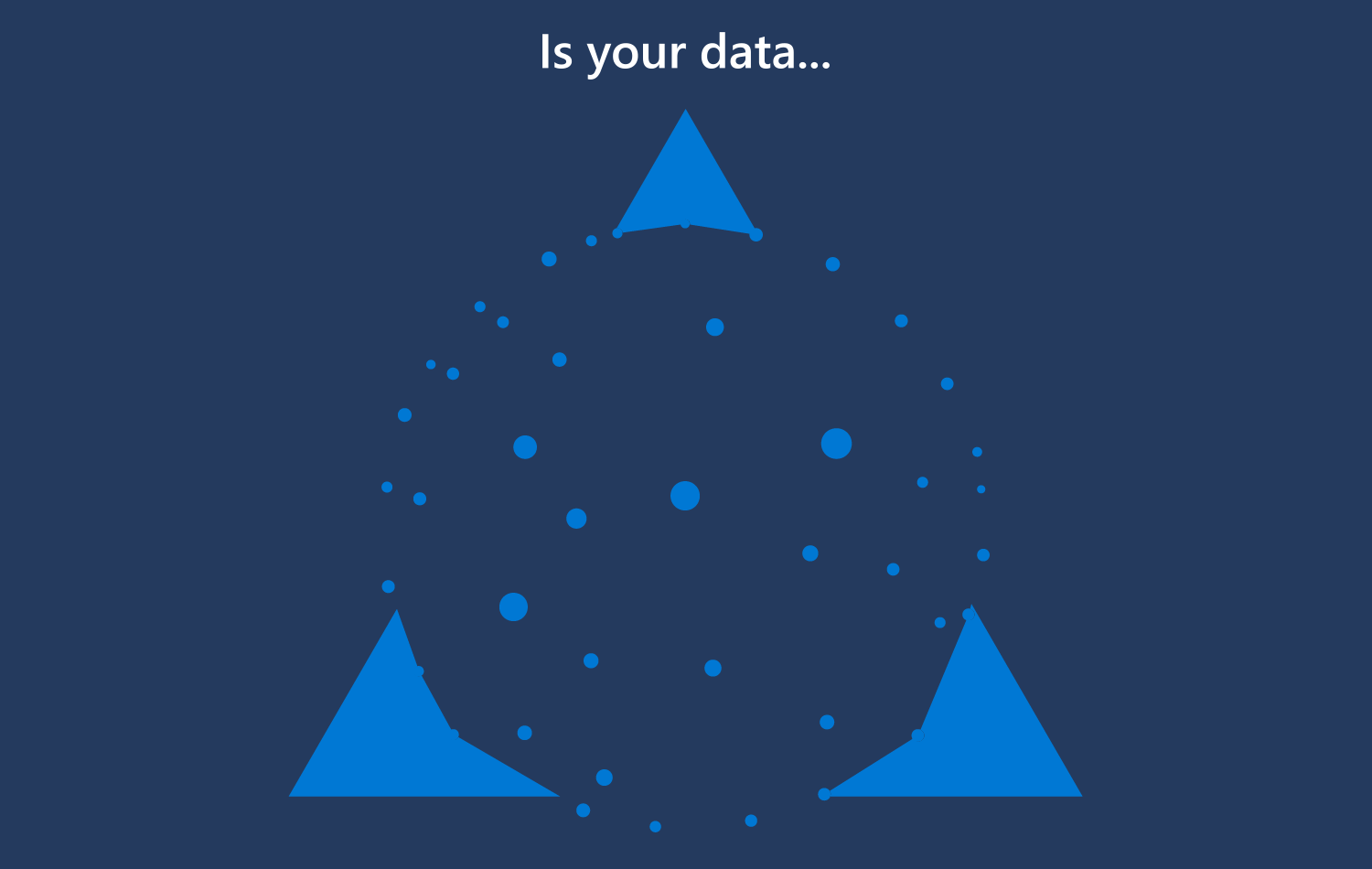
As you can see, you can bring so much value to your organisation when you connect and manage your data properly. However, true modernisation comes by innovating the processes that run your business. This is where data realities begin to hit both IT and business leaders.
Most leaders agree that provisioning an end-to-end analytics platform is not a simple task. They need to make sure they can trust their data, that they can get deeper insights from it and it is bias-free. And, they need to ensure compliance along every step of the analytics journey.
All while trying to create agility and more rapid decision making by democratising data and tools to everyone and providing the digital upskilling they need to do this effectively.
The analytics paradox
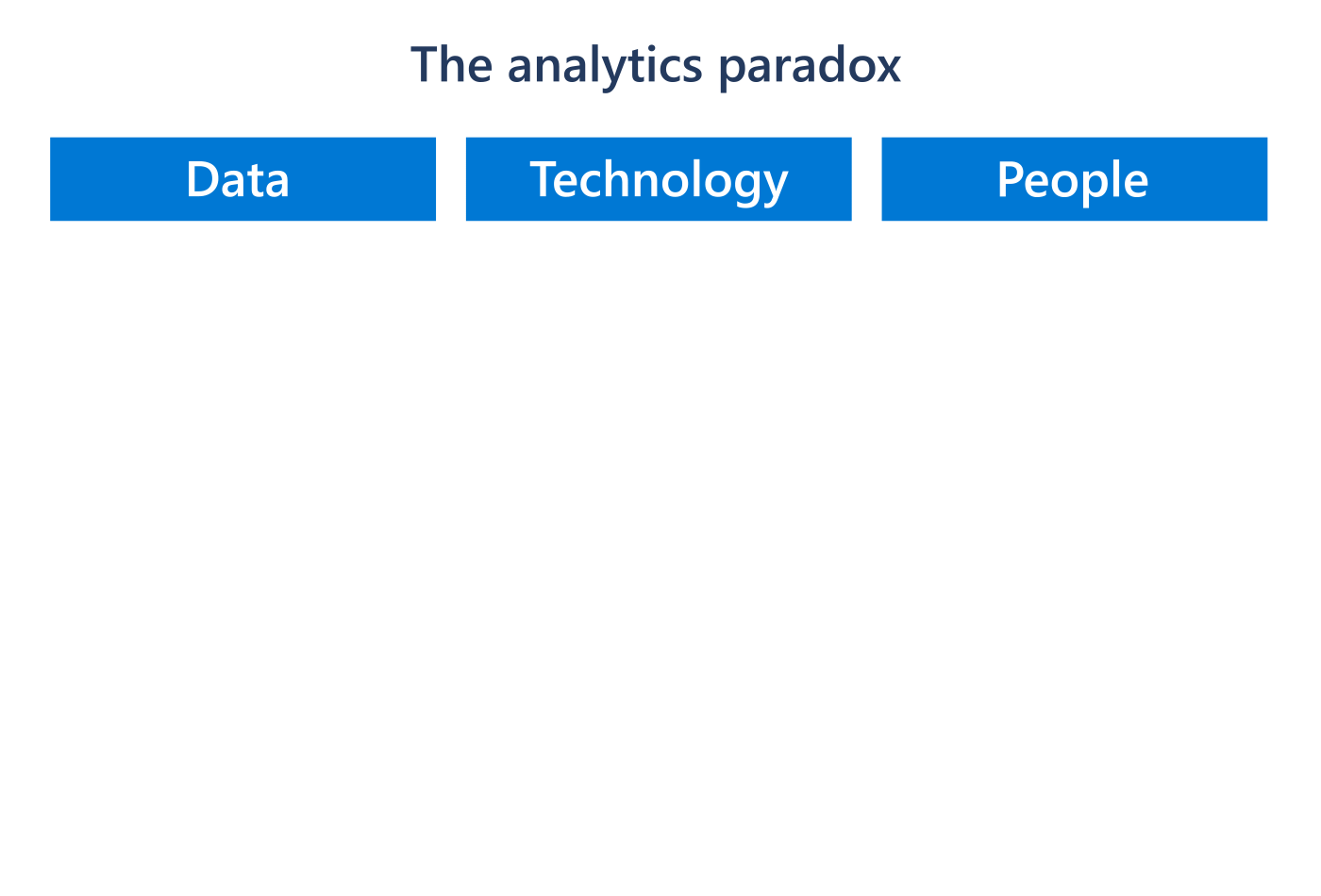
More and more tools, systems and things become connected. As a result, companies must figure out how to manage and analyse new classes of data. Additionally, different lines of businesses see different values in data and analytics.
And this is what creates the paradox of analytics. Although analytics systems are intended to be centralised to provide “the single version of truth”, the more we apply new technology to integrate and analyse data in different ways, the more silos we can recreate.
Sometimes, through hard work to dissolve operational data silos we end up creating more. And not just data silos, but siloed teams and people. When we implement new technology for specific types of data, we are creating a more fractured approach to data integration. Then, this must be put back into the overall platform during the analytics lifestyle.
This approach is often sold as a centralised solution. But it is siloed architectures that creates siloed data teams. As a result, data governance becomes extremely difficult to accomplish. All counter to our objective to enable deeper analytics collaboration between teams.
Bring your vision to life with analytics
Every organisation has experts in both data and analytics technology. When they collaborate over data with the same efficiency they do for productivity applications, their expertise is utilised across team and organisational boundaries.
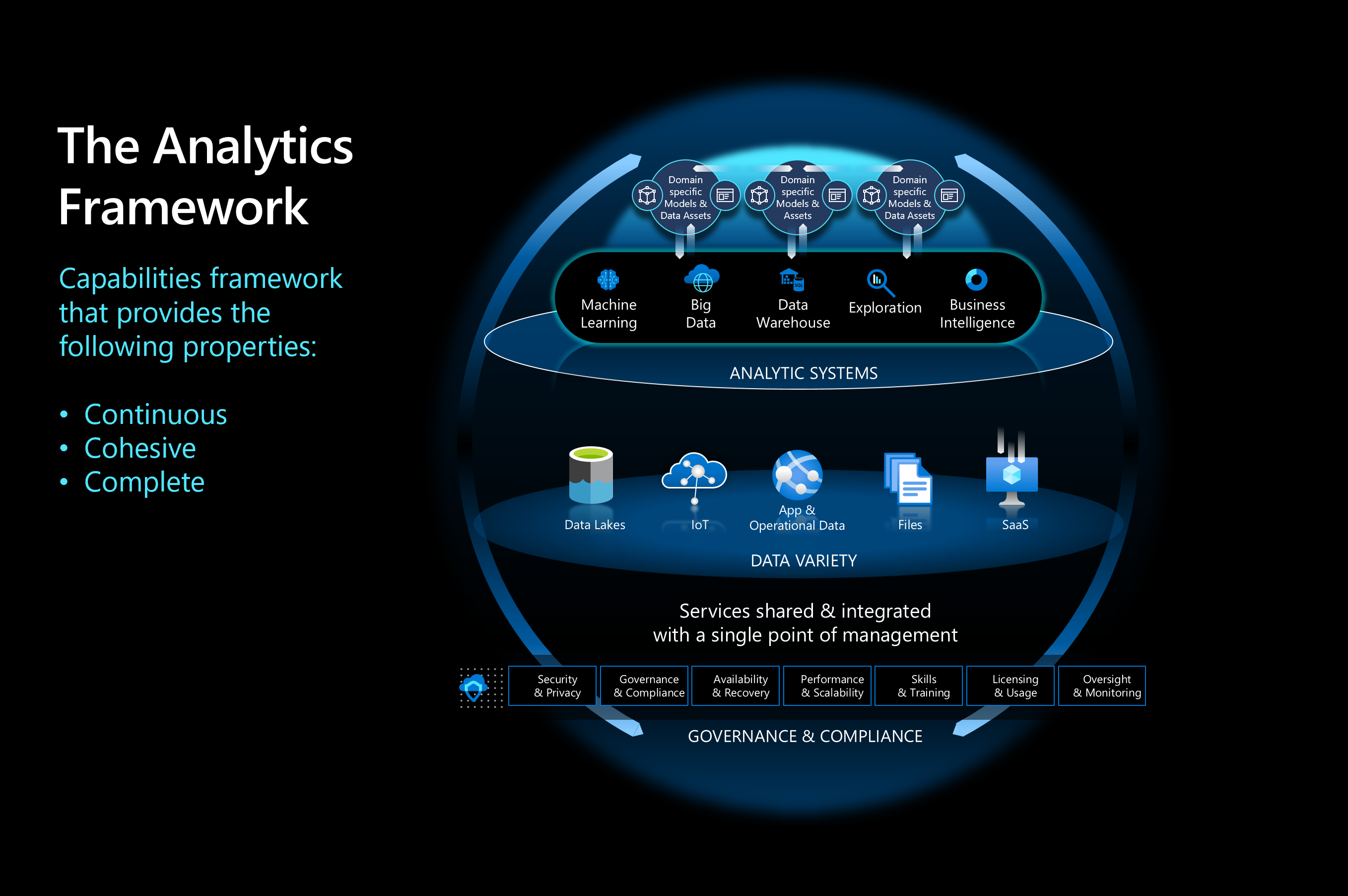
Bristol City Council serves more than 400,000 people, with social care playing a huge role in their services. The children services team wanted to see a holistic view of the citizens they work with. This meant they needed to create a secure common data platform. By using Azure Data Lakes and Azure Data Factory, they unified that data to create a single view of each child across the disparate systems.
“The Microsoft Azure solution has been revolutionary for Bristol City Council,“ says Simon Oliver, Director of Digital Transformation. “We are now able to see the outcomes of the decisions we give. And by being able to do that at scale we’re able to make decisions based on what will happen.”
By connecting, managing and governing your data assets in a cohesive fashion, you have the foundation for successful digital modernisation. A simplified framework allows all of your data and all types of data to exist on the same platform and be governed in the same way.
Azure Synapse and Azure Purview provide a single cloud service with a single interface for development, management, monitoring, security and governance of your data. You can link to your Dataverse to run advanced analytics on data from Dynamics 365 and Power Platform simply. This allows you to:
- Be agile to the needs of the business or react to unpredictable external changes.
- Enable quicker insights for decision making.
- Impact business models and overall value chains.
- Get more granular, deeper insights.
And, most importantly, it is done in a secure, compliant and governed way.
Drive analytics value
Free your people to focus on real business value by managing the complexity of architecture on a single unified platform. This gives every person and every team in your organisation powerful analytics and insight. So, you can go from trying to manage the analytics paradox to driving real change and value to your organisation.
Find out more
Building a data-driven organisation
About the author
 As an advocate of data-driven decisions, Robin has spent over two decades at Microsoft ensuring organisations have the tools to leverage the zettabytes of data available today to achieve their digital transformation vision.
As an advocate of data-driven decisions, Robin has spent over two decades at Microsoft ensuring organisations have the tools to leverage the zettabytes of data available today to achieve their digital transformation vision.
Microsoft has been on its own digital transformation journey for several years and data has been a central part of that journey. Robin focuses on creating a data-driven culture across the business at Microsoft. This includes ensuring that we are considering data across our internal processes, as well as how we are helping our customers and partners succeed with data.
Robin is passionate about learning and collaborating with our customers and partners about how to truly leverage data and AI to create new solutions.
Prior to working at Microsoft, she served in the US Military. She strives to bring her best in all aspects of work and personal life. From obtaining two law degrees and multiple professional certifications – all while working full time, parenting her daughters and balancing personal commitments (including training for an IronMan), she believes anything is possible.

